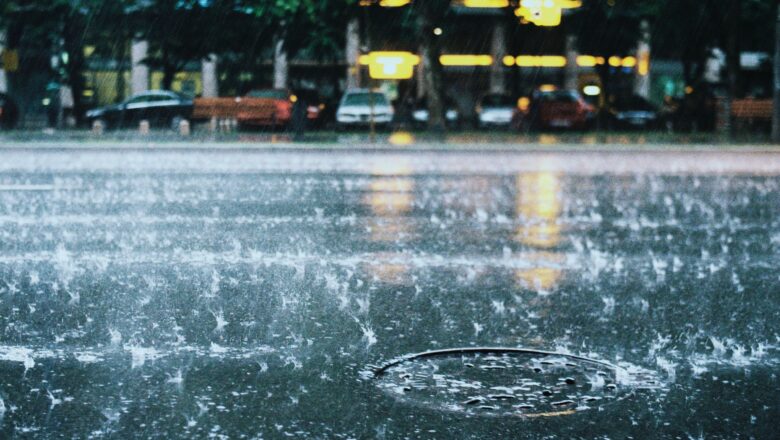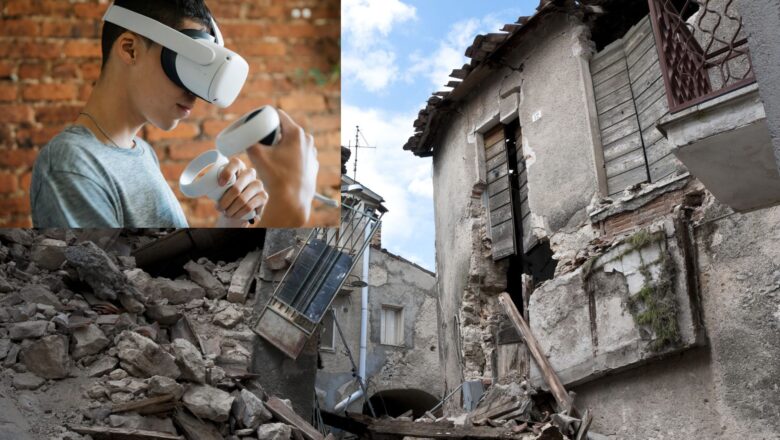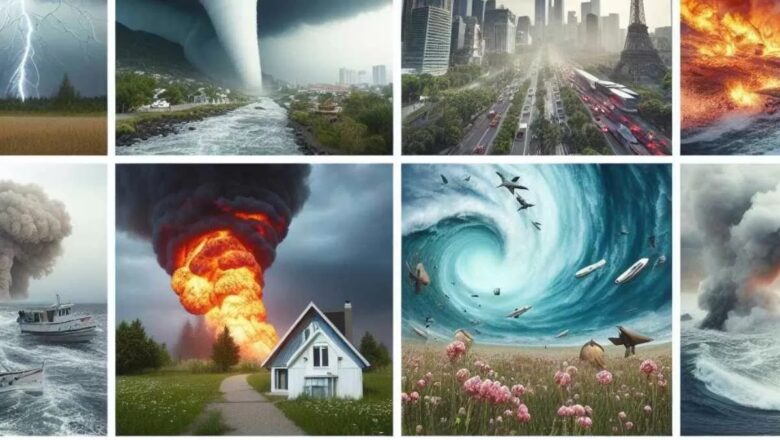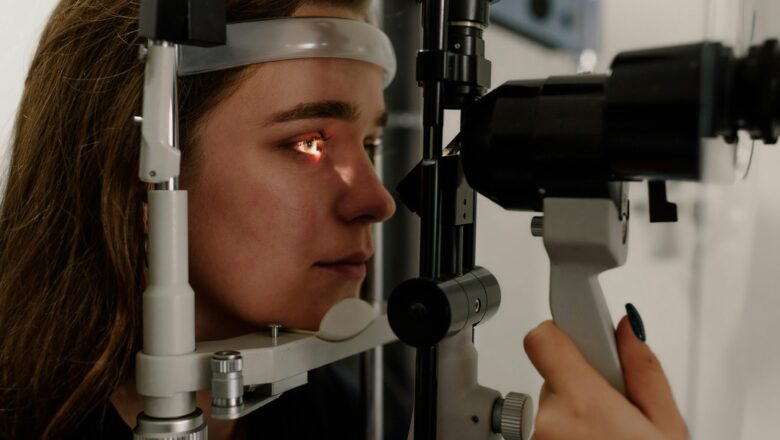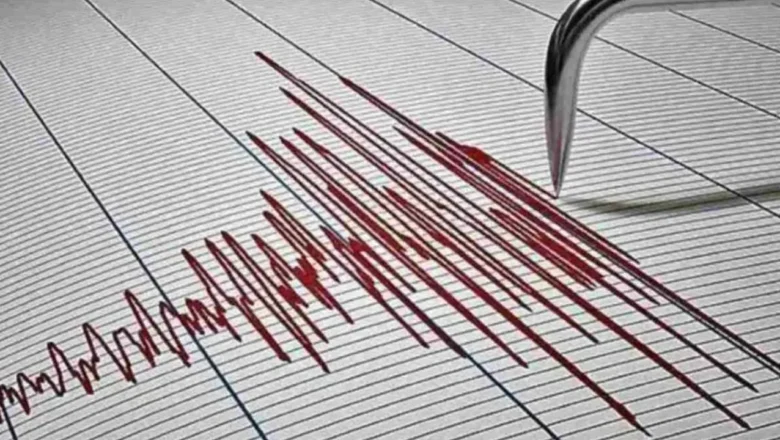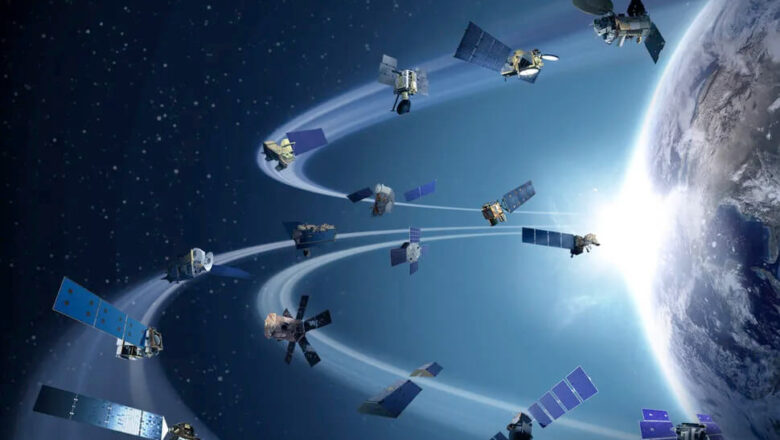
Japan Baba Vanga Predicts Mega Tsunami in July 2025 Causes Global Stir
Ryo Tatsuki a former manga artist turned unexpected prophet is sending shockwaves through Japan and beyond with her latest dream-based warning massive tsunami in July 2025. Often compared to mystics like Baba Vanga, Tatsuki claims to have foreseen past disasters that eventually came true and her new vision is raising serious concern.
Tatsuki first gained attention in the 1990s for her self-published manga The Future I Saw, a work based on detailed dream diaries she began keeping in the 1980s. Her followers point to a series of dreams that eerily aligned with real events including the 1995 Kobe earthquake, the death of Freddie Mercury, and most notably, the 2011 Tohoku earthquake and tsunami that devastated Japan and triggered the Fukushima nuclear crisis.
Now, her most alarming predi...


